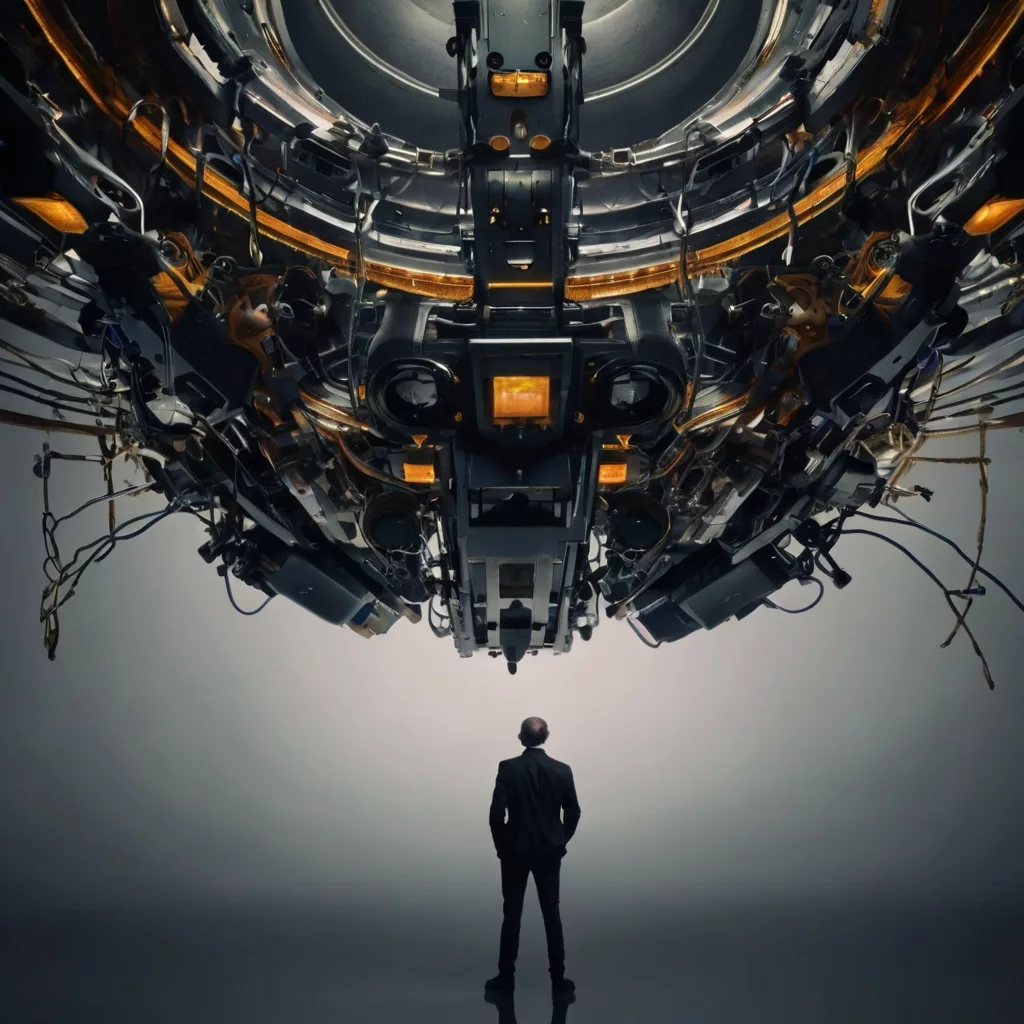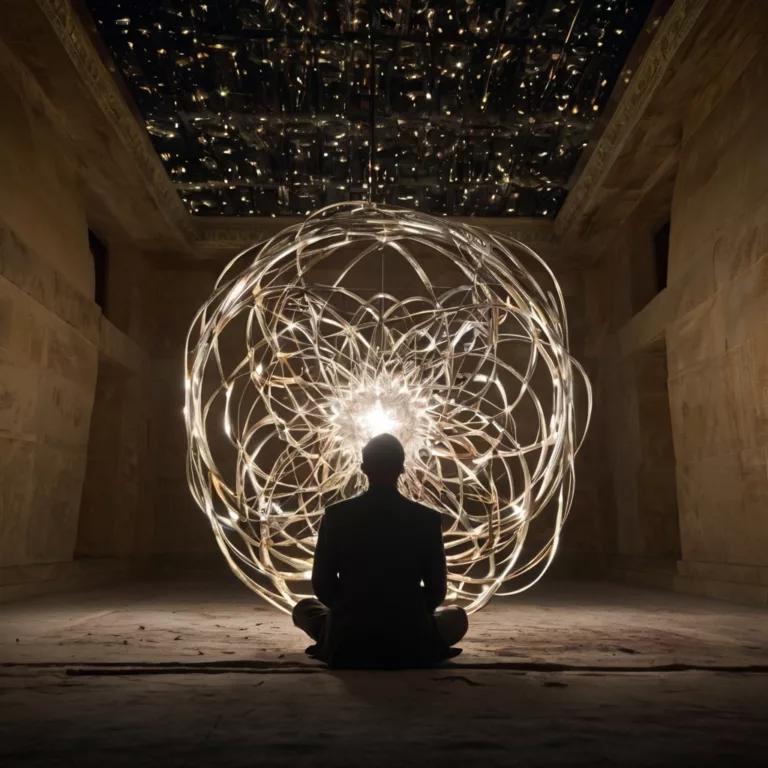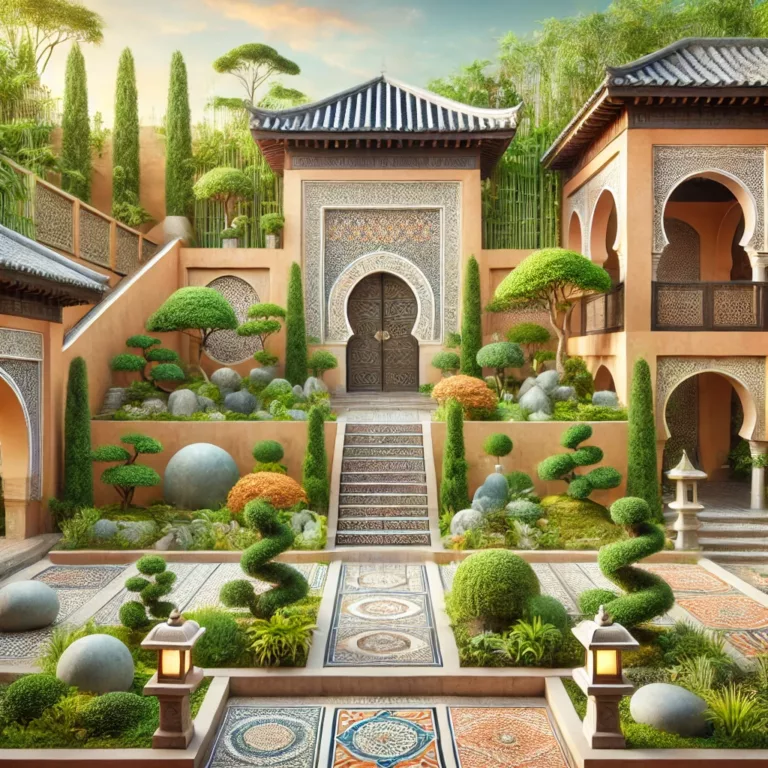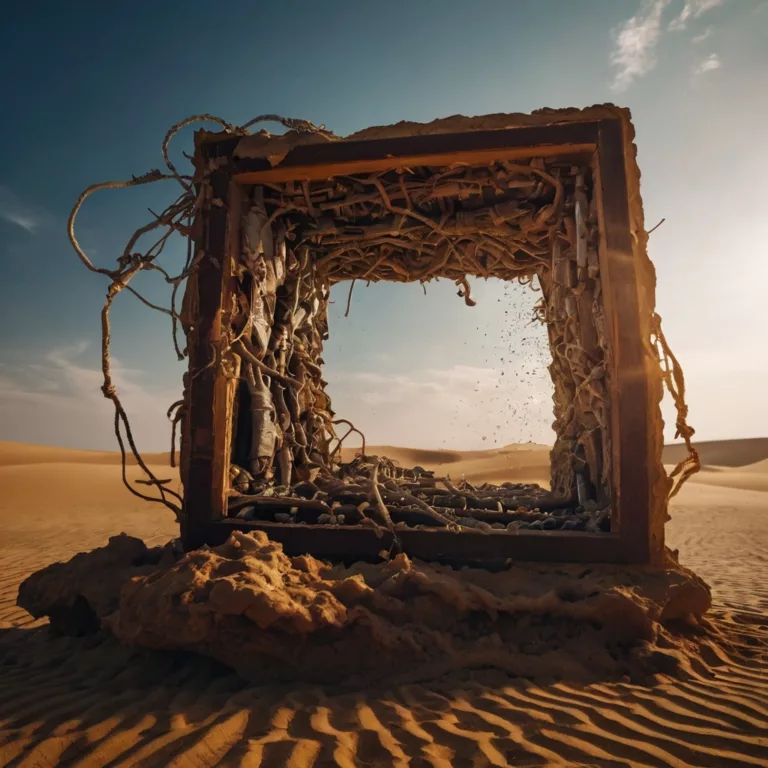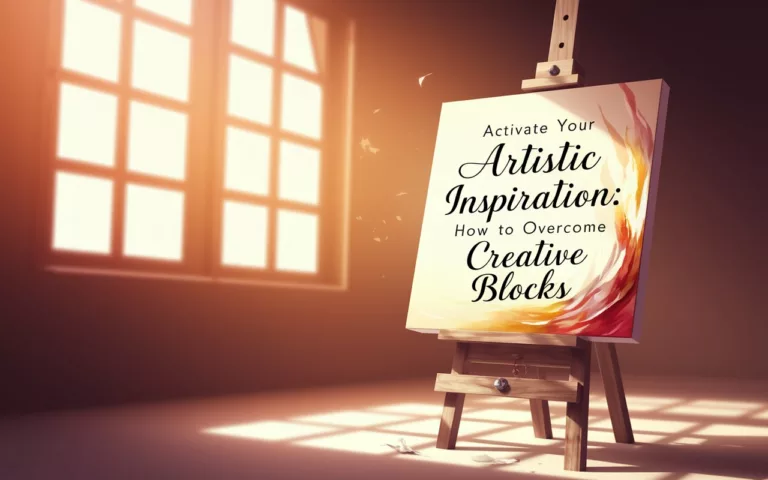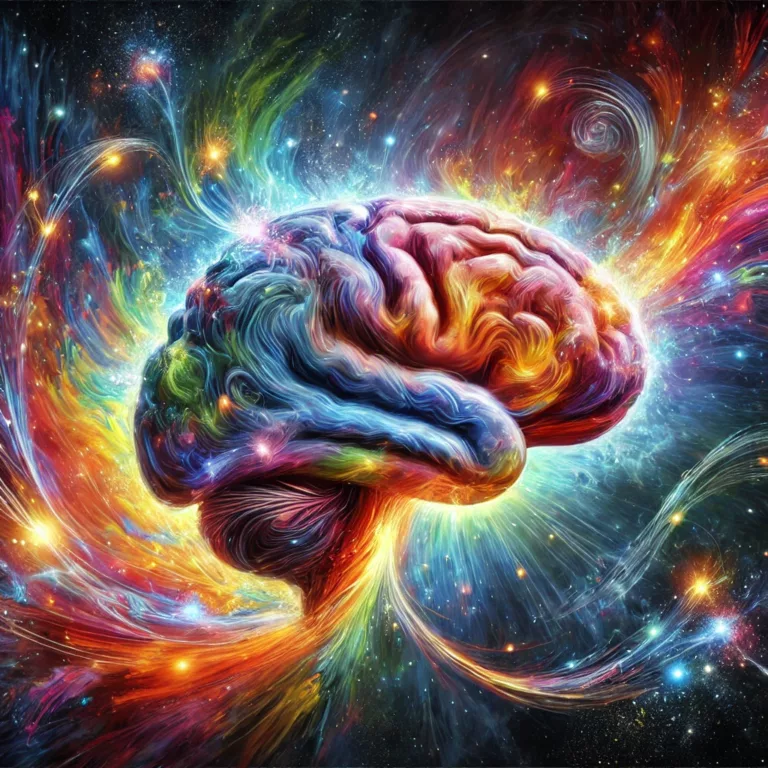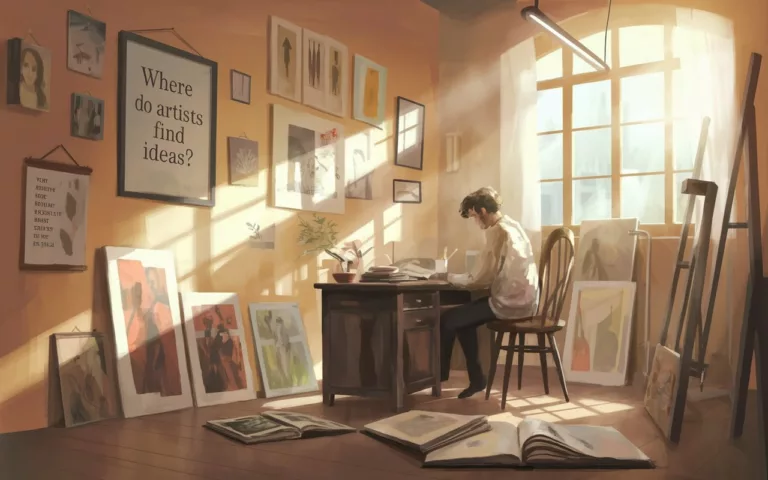The Hidden Triggers of Creative Genius: Unlocking the Invisible Forces Behind Innovation
The Enigma of Creative Ignition
Creative genius has long been mythologized as a divine spark or a random bolt of inspiration. Yet, beneath the mystique lies a complex interplay of psychological, environmental, and neurological triggers that catalyze breakthroughs. From Einstein’s theory of relativity to Frida Kahlo’s haunting self-portraits, history’s greatest innovators share one truth: their genius was not accidental but activated. This article excavates the hidden mechanisms—both timeless and modern that transform ordinary minds into vessels of extraordinary creativity. By dissecting the science of flow states, the alchemy of environment, and the paradoxical power of constraints, we reveal how genius is not born but summoned.
I. Psychological Catalysts: The Inner Landscape of Breakthroughs
1.1 Flow State: The Neurochemistry of Effortless Creation
- The Anatomy of Flow: Psychologist Mihaly Csikszentmihalyi’s seminal research identifies flow as a state of hyperfocus where time dissolves, self-consciousness fades, and performance peaks.
- Neurochemical Cocktail: Dopamine (motivation), norepinephrine (alertness), and anandamide (bliss) surge, creating a feedback loop of productivity.
- Case Study: Composer Ludwig van Beethoven composed his Ninth Symphony while deaf, entering flow through tactile vibrations of his piano.
- Triggers for Flow:
- Clear Goals: J.K. Rowling’s structured outlining of the Harry Potter series enabled immersive writing.
1.2 The Subconscious Incubator
- Default Mode Network (DMN): Brain regions active during rest facilitate creative problem-solving by connecting disparate ideas.
- Historical Example: Dmitri Mendeleev envisioned the periodic table in a dream after days of futile effort.
- Modern Validation: A 2021 Nature study found DMN activation predicts insight solutions to unsolved puzzles.
- Incubation Techniques:
- Deliberate Distraction: Lin-Manuel Miranda conceived Hamilton’s concept while vacationing, letting his subconscious synthesize history and hip-hop.
- Mindfulness Meditation: A 2019 Frontiers in Psychology study linked mindfulness to increased divergent thinking.
1.3 Emotional Turbulence as Fuel
- The Tormented Artist Paradigm:
- Vincent van Gogh: His manic-depressive episodes intensified color perception and brushstroke energy, as seen in The Starry Night.
- Sylvia Plath: Channeling clinical depression into visceral poetry (Ariel).
- Neuroscience of Emotion:
- Amygdala-Hippocampus Axis: Emotional arousal enhances memory encoding, allowing artists to crystallize experiences into art.
- Catharsis Theory: Aristotle’s concept manifests in Kendrick Lamar’s album DAMN., where trauma is transmuted into lyrical mastery.
II. Environmental Alchemy: Spaces That Spark Genius
2.1 The Architecture of Inspiration
- Sacred Spaces:
- Agnes Martin’s Studio: Minimalist adobe huts in New Mexico, designed to eliminate distractions and amplify introspection.
- Steve Jobs’s Pixar HQ: Central atrium forced serendipitous collisions between animators, writers, and engineers.
- Natural Environments:
- Biophilic Design: Studies show exposure to natural light and greenery boosts creativity by 15% (2020 Journal of Environmental Psychology).
- Example: Georgia O’Keeffe’s desert isolation in New Mexico birthed iconic floral abstractions.
2.2 Cultural Petri Dishes: Movements That Magnetize Genius
- Renaissance Florence:
- Medici Effect: The Medici family’s patronage created a collision of art, science, and commerce, birthing polymaths like da Vinci.
- Competition as Catalyst: Rivalry between Michelangelo and Raphael accelerated artistic innovation.
- 1970s New York Punk Scene:
- CBGB’s Chaos: The grunge club became a lab for reinvention, launching Patti Smith and Talking Heads.
- DIY Ethos: Limited resources bred raw creativity e.g., The Ramones’ three-chord simplicity.
2.3 The Role of Serendipity
- Chance Encounters:
- Einstein’s Patent Office Job: Mundane work granted mental space to ponder relativity during idle hours.
- The Beatles in Hamburg: Grueling 8-hour gigs forced musical experimentation, forging their signature sound.
- Controlled Chaos:
- Brian Eno’s Oblique Strategies: Card-based prompts disrupt routine thinking in studios (e.g., David Bowie’s Heroes).
III. Cognitive Dissonance: The Power of Paradox
3.1 Embracing Contradictions
- Dialectical Thinking: Hegelian thesis-antithesis-synthesis model underpins creative leaps.
- F. Scott Fitzgerald: “The test of a first-rate intelligence is the ability to hold two opposed ideas in mind and still function.”
- Yayoi Kusama: Merges obsession (polka dots) with cosmic emptiness, reflecting her mental health struggles.
- Juxtaposition in Art:
- Banksy’s Girl with a Balloon: Combines innocence (balloon) and destruction (shredding), critiquing commodified art.
3.2 Problem-Solving Under Pressure
- “Einstellung Effect” Override: Breaking mental fixedness through constraints.
- Apollo 13 Crisis: Engineers repurposed lunar module parts to save astronauts, mirroring artistic improvisation.
- Twitter’s 280-Character Limit: Forces conciseness, birthing microliterature movements.
IV. Collaboration and Conflict: The Social Triggers
4.1 Creative Symbiosis
- Partnerships:
- Lennon-McCartney: Their rivalry and synergy produced The Beatles’ genre-defying catalog.
- Marie and Pierre Curie: Combined chemistry and physics expertise to discover radium.
- Collective Intelligence:
- Open-Source Innovation: Linux and Wikipedia thrive on decentralized collaboration.
- Improv Theater: “Yes, and…” philosophy fosters unscripted brilliance.
4.2 Healthy Rivalries
- Picasso vs. Matisse: Their competition redefined modern art, pushing boundaries of abstraction and color.
- Tesla vs. Edison: The “War of Currents” accelerated electrical innovation.
4.3 The Outsider Effect
- Cross-Disciplinary Insights:
- Steve Jobs Calligraphy Class: Inspired Apple’s typography-driven design ethos.
- James Dyson: Applied cyclonic separation from sawmills to vacuum technology.
V. Constraints and Limitations: The Unexpected Muse
5.1 Scarcity Breeds Innovation
- Historical Examples:
- Shakespeare’s Iambic Pentameter: Turned linguistic limits into poetic rhythm.
- Japanese Haiku: 17-syllable structure distills profound observation.
- Modern Applications:
- Instagram’s Square Format: Early 1:1 ratio inspired new visual storytelling techniques.
5.2 Time Pressure
- Parkinson’s Law: Work expands to fill time—deadlines force focus.
- NaNoWriMo: Writing a novel in 30 days pushes authors past perfectionism.
- 24-Hour Film Projects: Filmmakers create shorts in a day, prioritizing instinct over polish.
5.3 Material Limitations
- Vermeer’s Ultramarine Obsession: Exorbitant cost of lapis lazuli pigment led to meticulous, light-capturing techniques.
- Street Art’s Ephemerality: Banksy’s self-destructing artwork critiques consumerism through impermanence.
VI. The Shadow Side: Trauma, Madness, and Creativity
6.1 The Price of Genius
- Van Gogh’s Psychosis: Bipolar disorder amplified color perception but led to personal turmoil.
- Virginia Woolf’s Fragmented Reality: Her bipolar episodes informed stream-of-consciousness narrative in Mrs. Dalloway.
6.2 Post-Traumatic Growth
- Kahlo’s Physical Pain: Chronic injury birthed surreal self-portraiture.
- Tupac’s Lyricism: Channeled childhood trauma into raw, socially conscious hip-hop.
6.3 The Thin Line Between Madness and Vision
- John Nash’s Schizophrenia: A Beautiful Mind illustrates how delusions fueled mathematical breakthroughs.
- Kanye West’s Manic Episodes: Controversial public persona intersects with musical innovation.
VII. Modern Triggers: The Digital Age and Beyond
7.1 Algorithmic Inspiration
- AI Tools:
- DALL-E and MidJourney: Generate visual concepts that artists refine, blending human-machine creativity.
- ChatGPT: Co-writes poetry, challenging notions of authorship.
7.2 Globalized Cross-Pollination
- K-Pop’s Hybrid Aesthetic: Blends Korean traditions with Western pop, hip-hop, and EDM.
- Afrofuturism: Artists like Janelle Monáe reimagine identity through sci-fi and African diasporic culture.
7.3 Psychedelics and Neuroenhancement
- Microdosing Renaissance: Silicon Valley elites use LSD to boost lateral thinking (inspired by 1960s pioneers).
- Psychedelic Therapy: Clinical trials show psilocybin enhances openness and creativity post-treatment.
Conclusion: Cultivating Your Creative Triggers
Genius is not a passive gift but an active process—an alchemy of inner resolve and external catalysts. By understanding and harnessing these triggers, we demystify creativity, transforming it from an elusive muse into a disciplined practice.
Call to Action:
- Audit Your Environment: Curate spaces that challenge and calm.
- Seek Cognitive Friction: Engage with opposing ideas and cultures.
- Embrace Constraints: Let limits be your launchpad.
- Reframe Trauma: Channel pain into purpose.
In the words of Picasso, “Inspiration exists, but it has to find you working.” The hidden triggers of genius are all around us—waiting to be seized, sculpted, and set ablaze.
Art11deco

